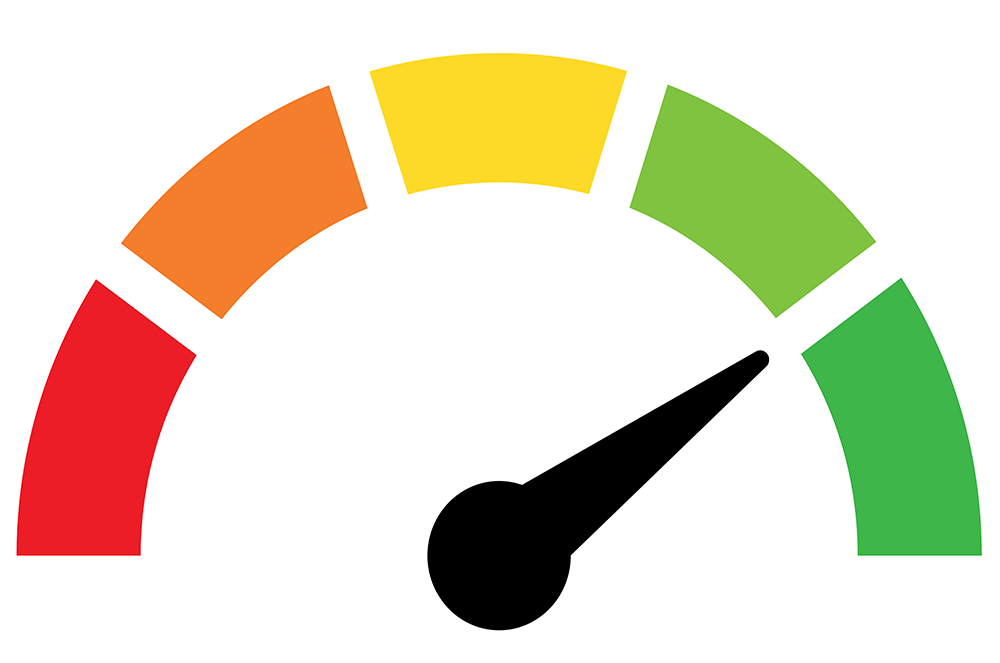
No job is paradise—sooner or later, something or someone will upset you. Being upset is human and understandable, but when that frustration manifests in defensive communication—whether spoken, texted, chatted, or emailed—things may get significantly worse.
Defensive communication is typically more provocative than productive, triggering exasperation, anger, and resentment. Possible solutions or compromises are pushed further away as conflict takes center stage.
How can we take our emotional kettles off boil once the pilot is lit? Consider these tips:
Listen to learn.
When listening to someone, be present, remove distractions, and don’t interrupt. Even if you’re upset, showing you’re willing to listen signals respect. Listening also lets you calm down if needed. It’s a tiny time-out.
Assume positive intent.
Always assume that the other person has good intentions—whether or not you know their true motive. This assumption helps take some of the sting out of criticism when you understand the other person’s point may not be harsh, even if the words seem that way.
Respond, don’t react.
A reaction is sudden and emotional: anger, sadness, or embarrassment. A response is measured and more likely to produce a solution, suggestion, or counterproposal.
This doesn’t mean you need to avoid a reaction. Just allow yourself time to transition from reaction to response. First, ask yourself: Do I understand the other person’s goal? Have I made assumptions about their concerns? How can I drive us toward mutual understanding?
Identify common goals.
A foundation of respect, agreement, and acknowledgment can immediately reduce the temperature in an adversarial conversation, because agreement and acknowledgment are the opposite of conflict and dismissiveness.
Keep in mind that agreement is sharing an opinion, while acknowledgment is merely listening to and respecting an opinion. If you can’t agree with someone’s point, at least acknowledge it with phrases like “I hear you,” “I understand what you’re saying,” and “I appreciate your intention.”
Keep moving forward.
Anyone managing a project—or contributing to one—has a responsibility to keep it moving. Always ask yourself if a contentious conversation is moving the project forward or holding it back.
If conflict is stalling the project, you can postpone a meeting or a conversation. You can change platforms (such as moving from email to Zoom). You can elevate the issue to a senior manager, or you can “agree to disagree” on an aspect that may have little bearing on the steps needed to move the project forward.
Pick your platform wisely.
A one-on-one meeting (live or on video conferencing) may facilitate agreement more effectively than an email or chat because humans tend to be more conciliatory when looking other humans in the eye. Meetings also support back-and-forth communication (which is necessary for compromise), whereas emails travel in one direction.
In emails, one may also be inclined to overexplain a point without realizing this approach may come off as condescending. Condescension is less likely to happen during a live meeting, where social appropriateness is a standard norm.
Overall, defensiveness is least likely at meetings, more likely in emails, and most likely in chats and texts, where participants may respond quickly and and impulsively.
Understand feedback versus criticism.
Feedback is an offer of helpful support. It may be hard to hear, but good feedback can correct and improve performance.
On the other hand, criticism is an expression of disappointment due to perceived failure, and may be received as an insult. And remember constructive feedback can feel like criticism if the speaker dwells on it.
Try on their shoes.
Imagine you are the one giving feedback and someone else is receiving it. That visualization may shift your perception of a comment from harsh to helpful. With the circumstance reimagined this way, you are likely to be less defensive.
In the workplace, defensiveness can decimate morale, hinder teamwork, and stall projects. No matter what happens to make you feel defensive, take a moment, breathe, and work on transforming it into something productive.
Joel Schwartzberg is a presentation coach, executive communication specialist, and author of The Language of Leadership: How to Engage and Inspire Your Team and Get to the Point! Sharpen, Simplify, and Sell Your Message. Follow him on LinkedIn.
Related Articles

Communication
How to Have Those Awkward Conversations

Communication
Managing and Resolving Conflict

Leadership



 Previous
Previous

 Previous Article
Previous Article